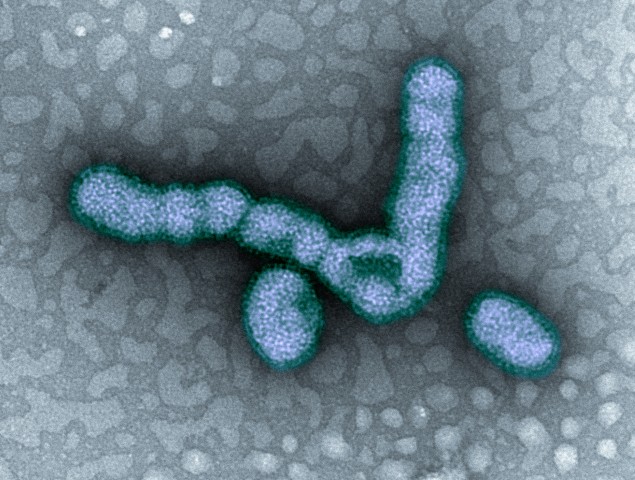The most wonderful time of the year is gone, and it’s been replaced by what some might say is one of the worst times of the year – flu season. And this year it’s particularly bad in Texas.
Dr. Robert Legare Atmar, professor and interim chief of infectious diseases at Baylor College of Medicine in Houston says a severe flu epidemic in Australia last winter (that’s summertime in the U.S.) and a few relatively mild flu seasons here indicate the U.S. is due for a lot of flu cases.
Favorable conditions for the flu have also combined with a flu vaccine that isn’t tailored to the strain of the infection that’s going around this year. Atmar says that in Australia, this year’s vaccine was only 10 percent effective.
“On average, in a good year, the flu vaccine’s about 50 to 60 percent effective,” Atmar says. “So it hasn’t been as good as we would like, but it still does provide some protection.”
Atmar says the challenge now is to determine what will go into next season’s vaccine.
“To a certain degree, we’re making an educated guess,” he says “and the reason for that is that it takes the vaccine manufacturers that period of time to do all the safety testing [and] production of the vaccine to have it ready for next season. I don’t know that right now we’re going to be able to improve on it that much.”
Atmar says that while this season’s flu outlook is not good, it’s unlikely to result in a massive flu pandemic, like the one that killed thousands a hundred years ago. That strain of flu, Atmar says, was lethal because people had not encountered and fought the infection off before. That’s not the case with this year’s flu strain.
Written by Shelly Brisbin.














